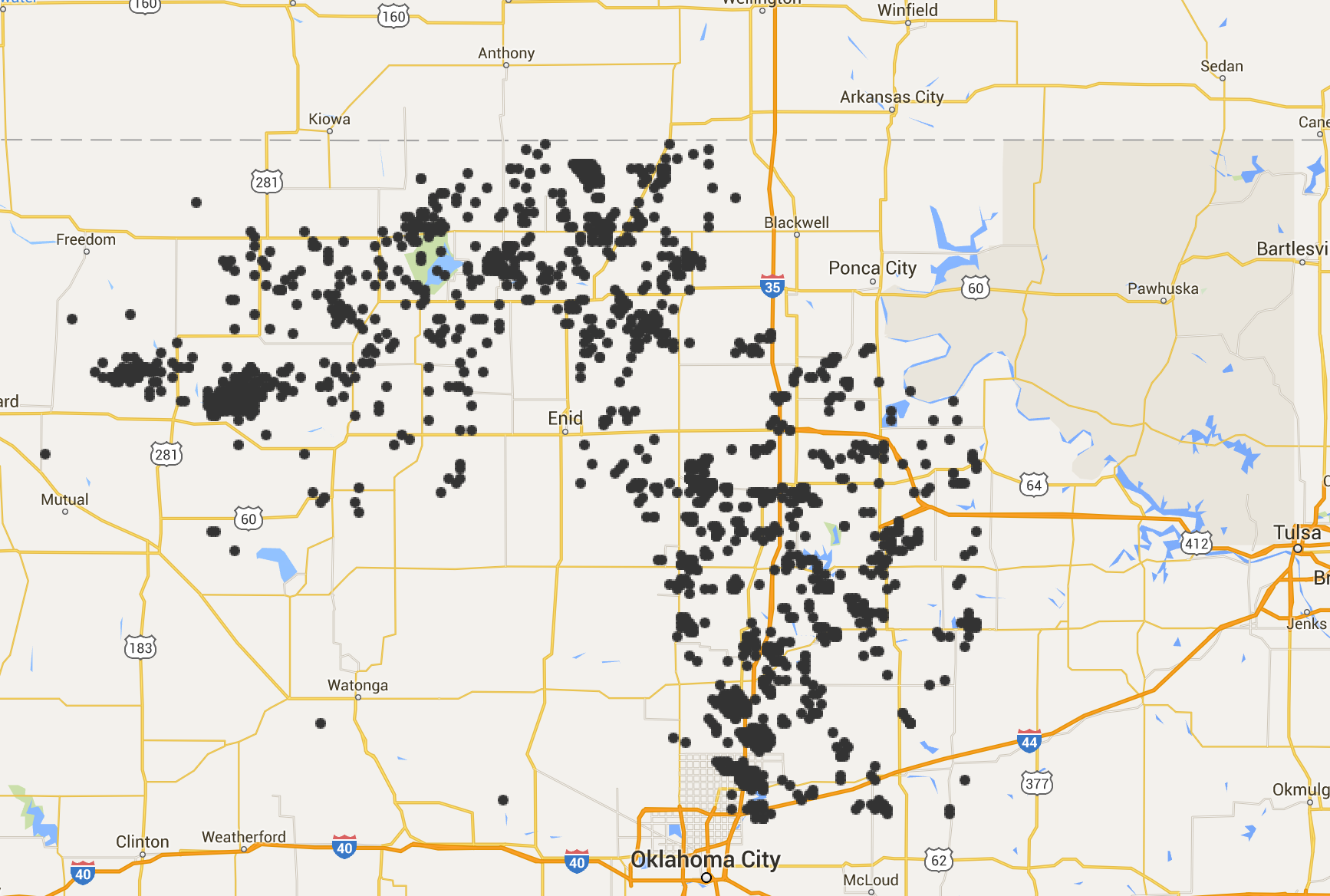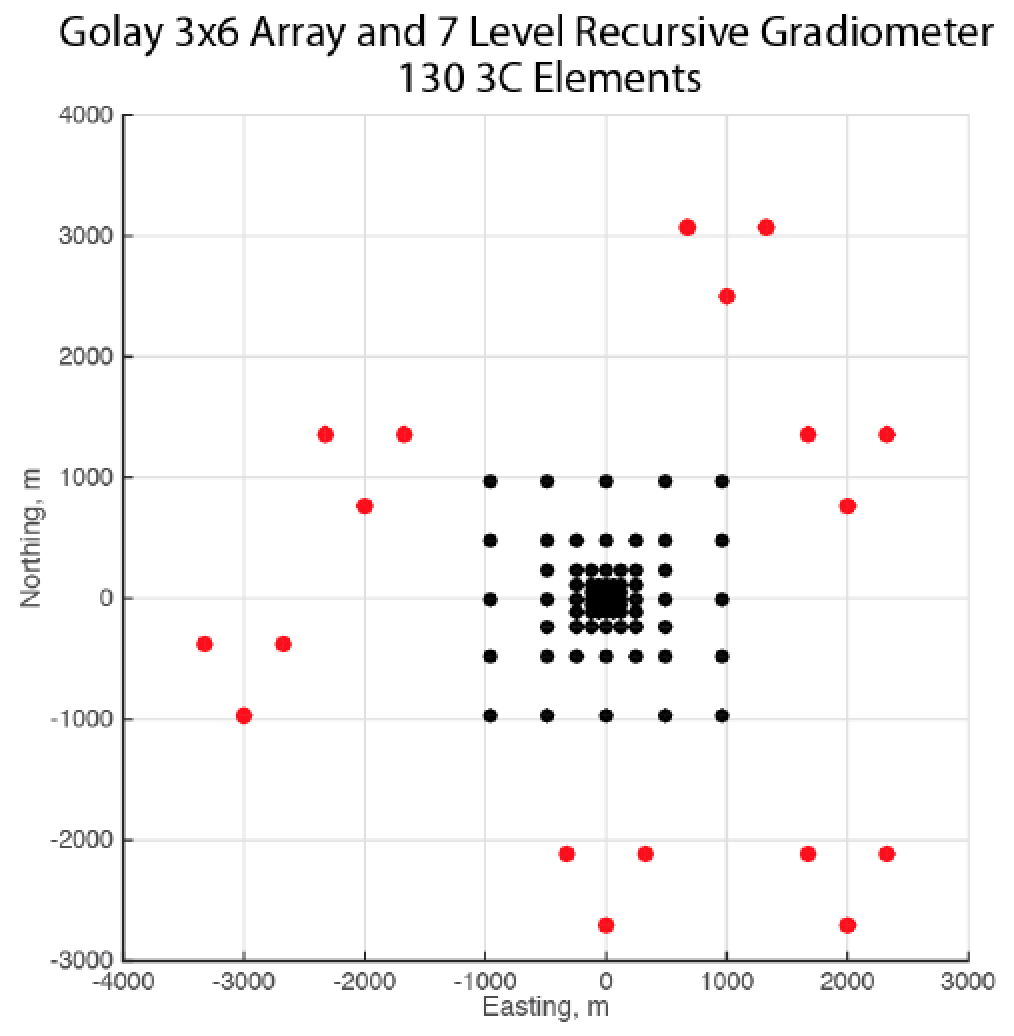

Figure 1 - Seismicity in north-central Oklahoma, site of the upcoming Wavefields Community Demonstration Experiment
IRIS is pleased to announce that a Community Wavefield Demonstration Experiment will be conducted this summer in northern Oklahoma. An experiment oversight committee has been assembled and approved by the IRIS Board to guide the execution of this experiment.
This experiment will make use of cutting-edge three-component nodal-type sensors. These 5Hz sensors are about the size of a paint can, have onboard GPS timing, and can run independently for up to 30 days. IRIS plans to deploy these sensors as a piggyback to an existing nodal deployment led by Katie Keranen. The deployment will take advantage of the 1000+ single channel nodes and 45 broadband sensors from Keranen (data available after moratorium) with instruments provided by IRIS and IRIS community members (~300+ 3-C nodes, 40+ broadbands, and 10 infrasound sensors) to be deployed in the same area. The experiment design is a collaboration between PIs Keranen (Cornell University); Heather DeShon, Brian Stump, Chris Hayward, M. Beatrice Magnani (Southern Methodist University); Michael Brudzinski (University of Miami-Ohio); Susan Bilek (New Mexico Tech); Marianne Karplus (University of Texas - El Paso); FanChi Lin (University of Utah); Chuck Langston (University of Memphis); and Xiaowei Chen (University of Oklahoma).

Figure 2 - Proposed nested-gradiometer design for 3-C nodal deployment, with surrounding broadband Golay arrays
Since this is a community experiment, IRIS is seeking broad participation from students, postdocs, and faculty who are interested in gaining valuable field experience with next-generation seismic equipment and the chance to help collect a full wavefield dataset for use by the wider community. We are particularly excited that our experiment will make use of new 3-channel nodal seismometers that have only recently begun to be deployed for purely academic purposes.
Funding is available to support travel and accommodations for as many as 40 participants at up to $500 per person. While siting and permitting are still in progress, we anticipate the primary field effort to occur the week of June 20th. No prior field experience is required, though all participants should be willing to participate for at least 5 days (1 day of training and 4 days of field work). On-site training will be provided to all participants. Those interested in participating are encouraged to sign up by filling out the online application (see Application tab above).
Applications to participate are due no later than May 15th. Those with questions should contact IRIS Portable Program Manager Kent Anderson (kent.anderson@earthscope.org) or IRIS Portable Project Associate Justin Sweet (justin.sweet@earthscope.org).
We hope you’ll consider joining us for this cutting-edge community experiment!
To learn more about the full seismic wavefield--including science motivations, videos of online workshops, and exisiting datasets--please visit IRIS' wavefields page.